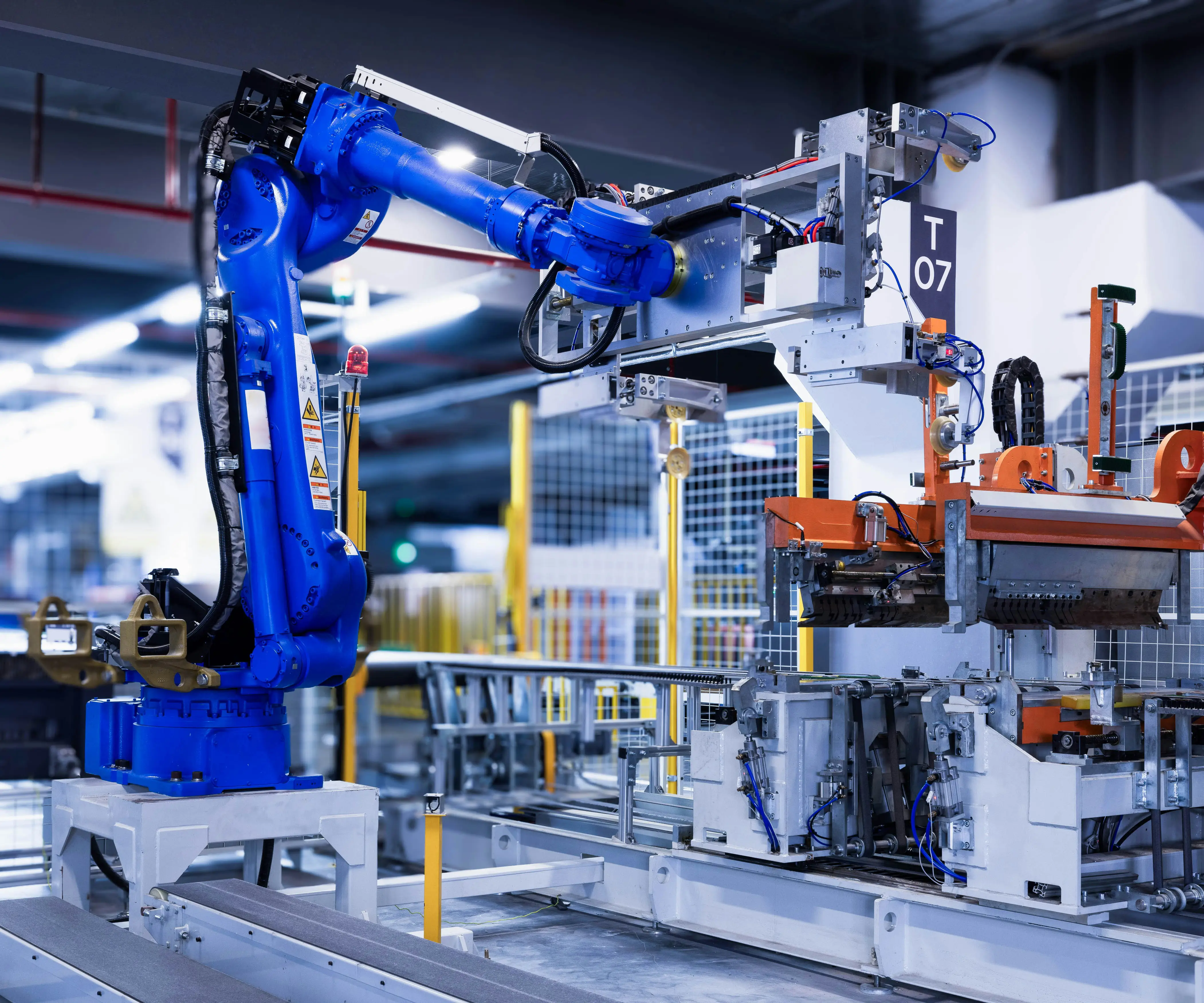Imagine this: you’re tinkering, trying to bring your robot arm or tiny drone to life. You want a motor that’s small, precise, and easy to control. Enter the micro servo motor — a game changer. It’s like giving your project a nervous system, nimble enough to respond to even your smallest command.

These tiny devices pack quite a punch. They’re engineered with a compact size but don’t let their size fool you. They’re powerful enough to handle intricate movements — think of opening a tiny lid, adjusting a camera angle, or precisely positioning sensors. The beauty is, they operate smoothly, thanks to their built-in gears and feedback systems. Connecting one to an Arduino? It’s straightforward. Just plug, program, and watch magic happen.
Here’s a question you might have: why choose a micro servo over other motors? Well, it’s about control. Unlike stepper motors that need more complex drivers, micro servos have their own control circuitry built-in. You just send a PWM signal, and voilà — your servo responds by moving to the desired angle. Precision, simplicity, and ease of use come together in a perfect trio.
And it's not just about robotics buffs. Imagine educators integrating these tiny servo motors into STEM classes. Students see instant results and grasp the fundamentals of automation without drowning in complexity. Or think about hobbyists customizing animatronics, creating lifelike movements that feel surprisingly real, all on a modest budget.
But what about reliability? Many users find that choosing a well-made micro servo means fewer hiccups in their projects. Good quality servos have durable gears and stable control, minimizing jitter or drift over time. Still, some ask: can they handle continuous use? Many micro servos are built for repeated, consistent movements, making them suitable for both prototype testing and long-term projects.
Now, when you’re diving into your project, you might wonder: how precise can these tiny motors be? Well, some micro servos can move in increments as small as a few degrees, giving fine-tuned control perfect for delicate tasks. Plus, finding the right servo can depend on what you're aiming for—whether it’s quick responsiveness or holding strength.
Let’s talk about integration. Arduino has tons of libraries and tutorials on controlling these servos, so jumping in is easier than you think. Just a few lines of code, and suddenly your robotic hand is grabbing, rotating, or pointing. It’s kind of mesmerizing how simple yet powerful this combo can be.
If someone is just starting out, it’s natural to ask: which micro servo should I pick? Start with a reputable brand that offers a good mix of performance and price. Look for specifications that match your project’s needs—torque, speed, and size. And don’t forget, sometimes a slightly more expensive servo lasts longer and performs more reliably under stress.
So, whether you’re building a robotic pet, crafting a moving sculpture, or just experimenting with automation, this little marvel can truly amplify your creations. It’s about turning ideas into motion—quick, precise, and surprisingly easy to master. And trust me, once you get the hang of it, it’s hard to put down the controller.
Leveraging innovations in modular drive technology, Kpower integrates high-performance motors, precision reducers, and multi-protocol control systems to provide efficient and customized smart drive system solutions.




































